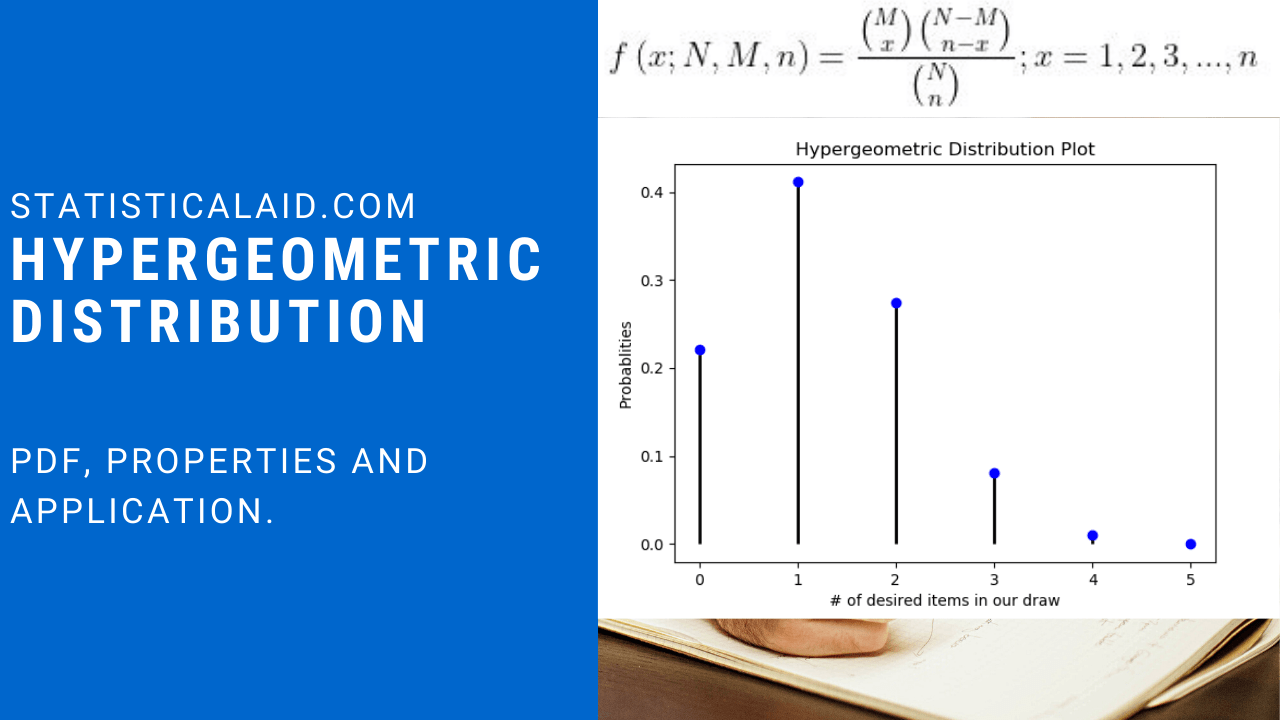Probability Distributions in Statistics
In statistics, probability distributions are very important measure which related to the random variable and statistical data. Every data pattern follows a probability distribution. Continuous data follow the continuous distribution and discrete data follow the discrete distributions. According to Wikipedia, “In probability theory and statistics, a probability distribution is the mathematical function that gives the … Read more









